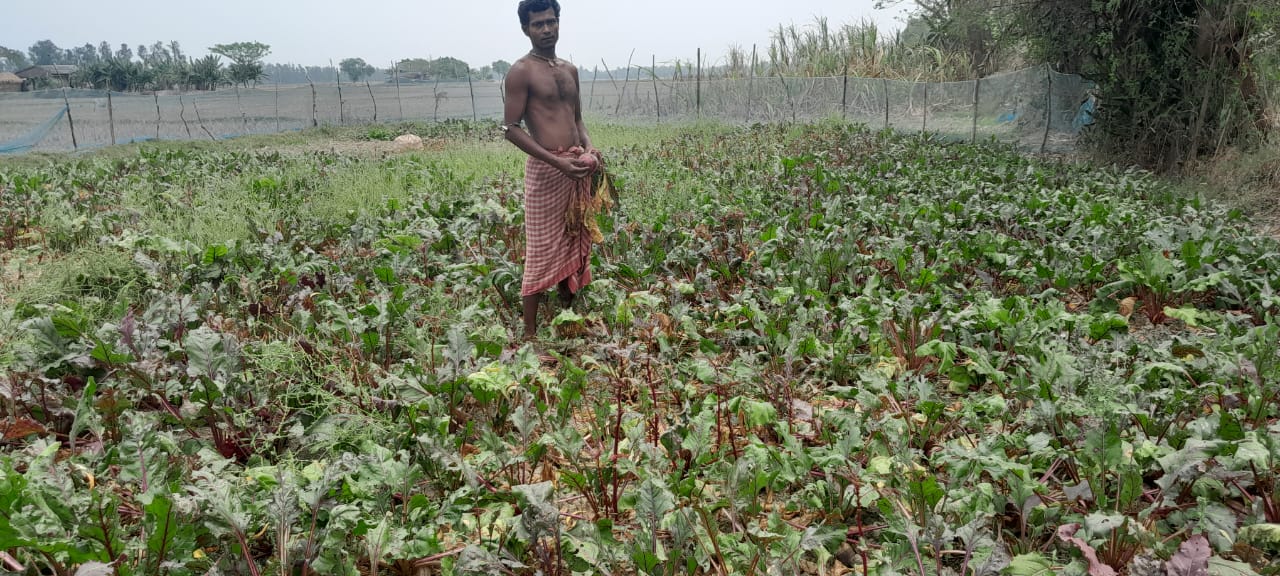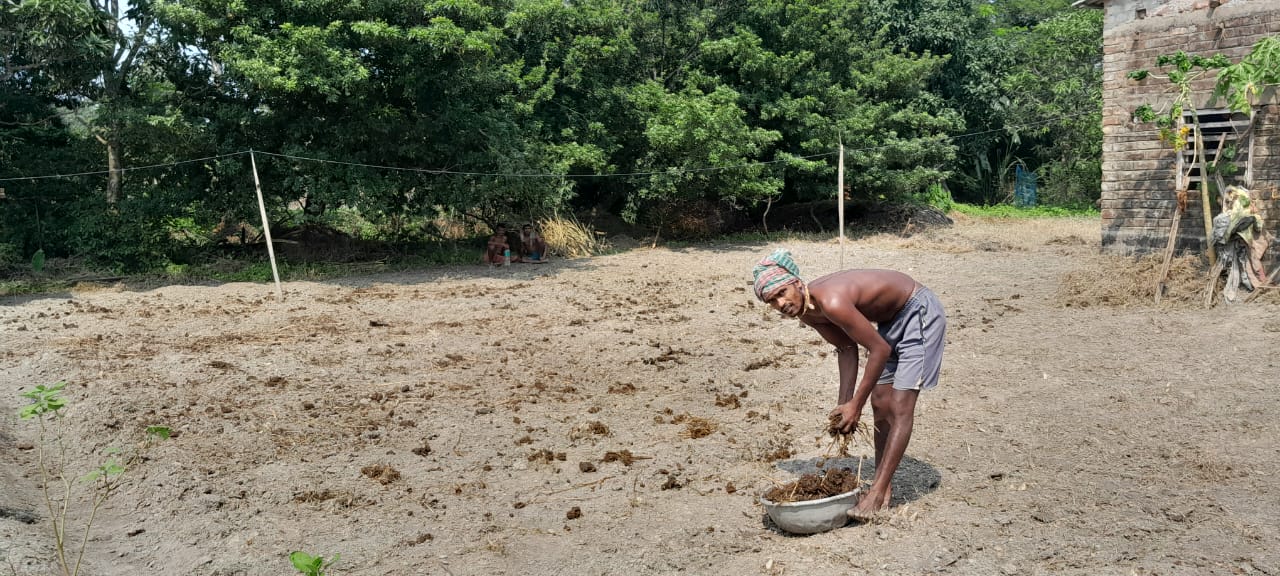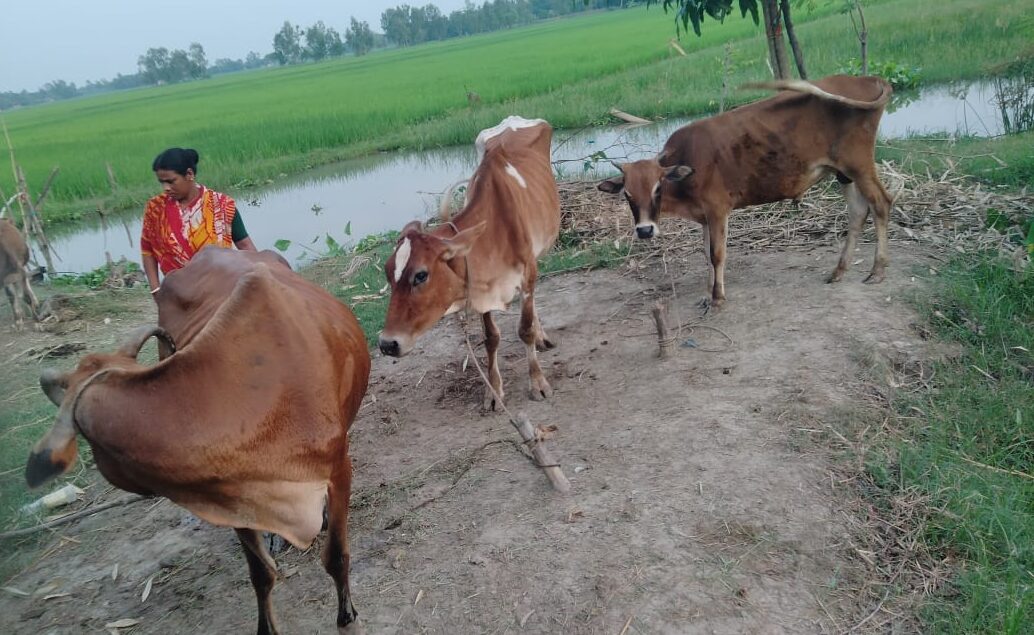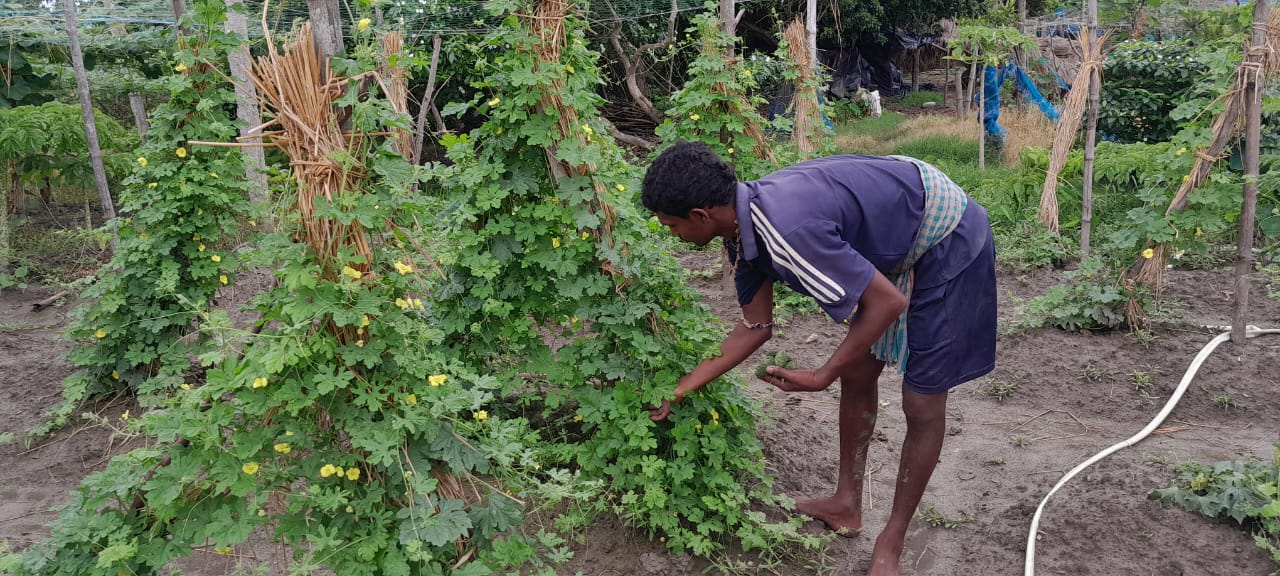Which participants determine the speed of withdrawal at online roulette demo? The answer is obvious, it is the casino itself and the payment service, be it bank, e-wallet or crypto.
Harvesting Hope: A Farmer’s Path to Resilience in the Sundarbans
In West Bengal’s Sundarbans, climate change is making life harder every day. Rising sea levels, constant floods, and intense cyclones are not just reshaping the land—they’re turning it against the farmers who depend on it. Places like Bipradaspur and Pathankhali in the Gosaba Block are seeing salt-laden water from the Bay of Bengal invade their fields, leaving behind soil where traditional crops struggle to grow. Freshwater sources are drying up, especially in the summer months, and every storm erodes the soil’s ability to produce crops, leaving families with smaller harvests and an uncertain future. In this changing landscape, farming is no longer just hard—it’s a battle to survive.
For Mr. Brindavan Mondal, a small farmer in the village of South Amratali, these challenges had reached a breaking point. With a small plot of land and a family of six to support, Mr. Mondal was caught in a cycle of hardship. The salty water from floods had poisoned his soil, and each passing storm left his crops—and his livelihood—more vulnerable. Lacking the resources to buy high-quality seeds, irrigation, or farming tools, he relied on traditional, labor-intensive methods that were no longer enough. As each harvest shrank, he felt trapped, worrying how he would feed his family and survive the next storm.
But just when hope seemed dim, Caritas India, launched the Uttoran project implemented by Palli Unnayan Samity (PUS) in his village. Project Uttoran was created to help people like Mr. Mondal adapt to the harsh conditions of the Sundarbans. Community Educators from the project visited his home, listened to his story, and understood the uphill battle he was facing. Through Project Uttoran, Mr. Mondal learned new farming techniques that would work in this challenging environment.
First, he was introduced to multi-cropping—planting a mix of crops throughout the year. This way, he could grow a variety of crops, reducing his dependence on any single one and spreading out his risk. He also learned to collect and save seeds from his best plants, ensuring he had strong, salt-tolerant seeds to plant each season.
The project taught him to make his own organic manure, which was far less expensive than chemical fertilizers. Mulching, another technique he learned, helped conserve precious soil moisture during the dry season when freshwater is scarce. He was also trained to use low-water cultivation techniques, making it possible to grow crops with limited irrigation. To add a new income source, he learned to rear Black Bengal goats—a low-cost livestock option well-suited to the Sundarbans climate. The goats offered him a dependable source of income outside the farming season.
The project also helped him access government benefits that were previously out of reach. These benefits provided essential financial support, creating a safety net for his family’s future.
The impact on Mr. Mondal’s life has been immediate and profound. By shifting from mono-cropping to multi-cropping, he started to see bigger, more stable harvests across three crop cycles a year. The saline-tolerant crops allowed him to reclaim his land from the salt that had once destroyed it. Using organic manure and mulching gave his fields renewed health, helping them produce more even under tough conditions.
The Black Bengal goats have become a vital part of his livelihood. Hardy and well-suited to the region’s climate, the goats give him a steady income that he can count on during lean farming periods, making it easier to handle unexpected expenses.
Today, Mr. Mondal is not just getting by—he is building a future. Thanks to the Uttoran project implemented by Palli Unnayan Samity and Caritas India, he is no longer just surviving, but thriving. His story is a testament to the power of support, knowledge, and resilience. With the right tools, even the most vulnerable farmers in the Sundarbans can adapt to a changing climate and secure a sustainable future. For his community, Mr. Mondal’s journey offers hope and inspiration, showing that resilience is possible even in the face of incredible challenges.
Copyright Caritas India 2013 ! Developed by Neural Info Solutions Pvt. Ltd.


















































